Story by Graham Gauld
Photos by Graham Gauld and Jonathan Sharp
As regular readers know, I have a great interest in coachbuilding. Though I believe the true high point in coachbuilding elegance was in the 1930s, I keep finding examples of post-war elegance that follow along the same lines.
In this case I am talking about the Jaguar Mark VII, a rather bulky sedan produced by Jaguar in the early 1950s. To those of us in Britain who were around at the time, we thought it was wonderful and stylish but a few years ago I bumped into a coachbuilt Jaguar Mk VII that truly set me back on my heels. I remember wondering if Jaguar had taken up this design back then they might have sold even more cars.
There is no doubt that this 1954 Jaguar, bodied that year by the Swiss coachbuilding company Ghia-Suisse, has an elegance that truly does wear well when looked at through modern eyes. As the Swiss are not well known as coachbuilders, let us look at Ghia-Suisse for a moment. It was a small company based in the village of Aigle near the town of Ollon, famous for its Ollon-Villars hill climbs.
The Aigle company was originally established in 1948 by a Dr Filippi. The new firm not only made furniture but bits and pieces for caravans. Dr P. P. Filippi wanted to embark upon automobile coachbuilding, so he contacted Luigi Serge of Carrozzeria Ghia in Turin. They came to an agreement that the Swiss company would be renamed Ghia Suisse and Ghia would provide the designs with the cars assembled in Switzerland. It turned out that Dr Filippi and Luigi Serge went ahead with the deal on what the British call a “Gentleman’s Agreement” with nothing written down as a contract.
Clearly Dr Filippi must have had an agreement with both Jaguar and the Swiss distributor to import chassis, as their first Jaguar Mk VII design came about in 1952 and the designer was Giovanni Michelotti, a young man and had just joined Ghia in Turin. This first car was a stylish coupe, followed a year later by a Mark VII cabriolet.
The car shown here was the third and last Mark VII they produced, and was totally different to Michelotti’s designs of two years before. As can be seen, it follows the style Michelotti was to develop for other manufacturers such as Maserati.
There are some nice styling cues to this car. Look at the long chrome strip down the side of the bodywork, which incorporates the door handle, and the slightly hooded effect on the headlights. Note also how the bodywork at the front slopes down below the wings to a low, chisel-shaped nose. If you look at the rear styling there are hints of the Lancia Flaminia about it. Indeed, the only original Jaguar parts appear to be the dashboard instruments and the heavy front and rear fenders.
This particular car was commissioned by a Swiss surgeon, Dr Jean Rein from Bienne, in December 1954, and he was obviously pleased with his purchase. In February of 1955, Dr Filippi approached Dr Rein and asked him if he would let Ghia-Suisse put his Jaguar cabriolet on their stand at the Geneva Motor Show, but he refused! Dr Rein owned the car for over 20 years and put 98,000 kms on the odometer. The fact that he was a doctor was reflected in his scrapbooks, where he kept detailed notes of all his trips in the car, many of which were to the French Riviera. He sold the car in 1977, and it could not have gone to a better home. The new buyer, who was to own the car for the next 37 years, was Roland Urban.
Urban was born in Hungary, fled his home country, joined the Foreign Legion and ended up in Paris. He had many adventures in life, but his passion was for Jaguar and he was the founder and President of the Jaguar Drivers Club of France. He was always fascinated about the special Jaguars built through the years and in particular the coachbuilders, so this Ghia-Suisse Jaguar was right up his street.
The car came up for sale in an auction in 2014, following Roland’s death. Since then the only change appears to have been in the upholstery which is now red rather than the honey colour shown here when I photographed the car in the early 2000s.
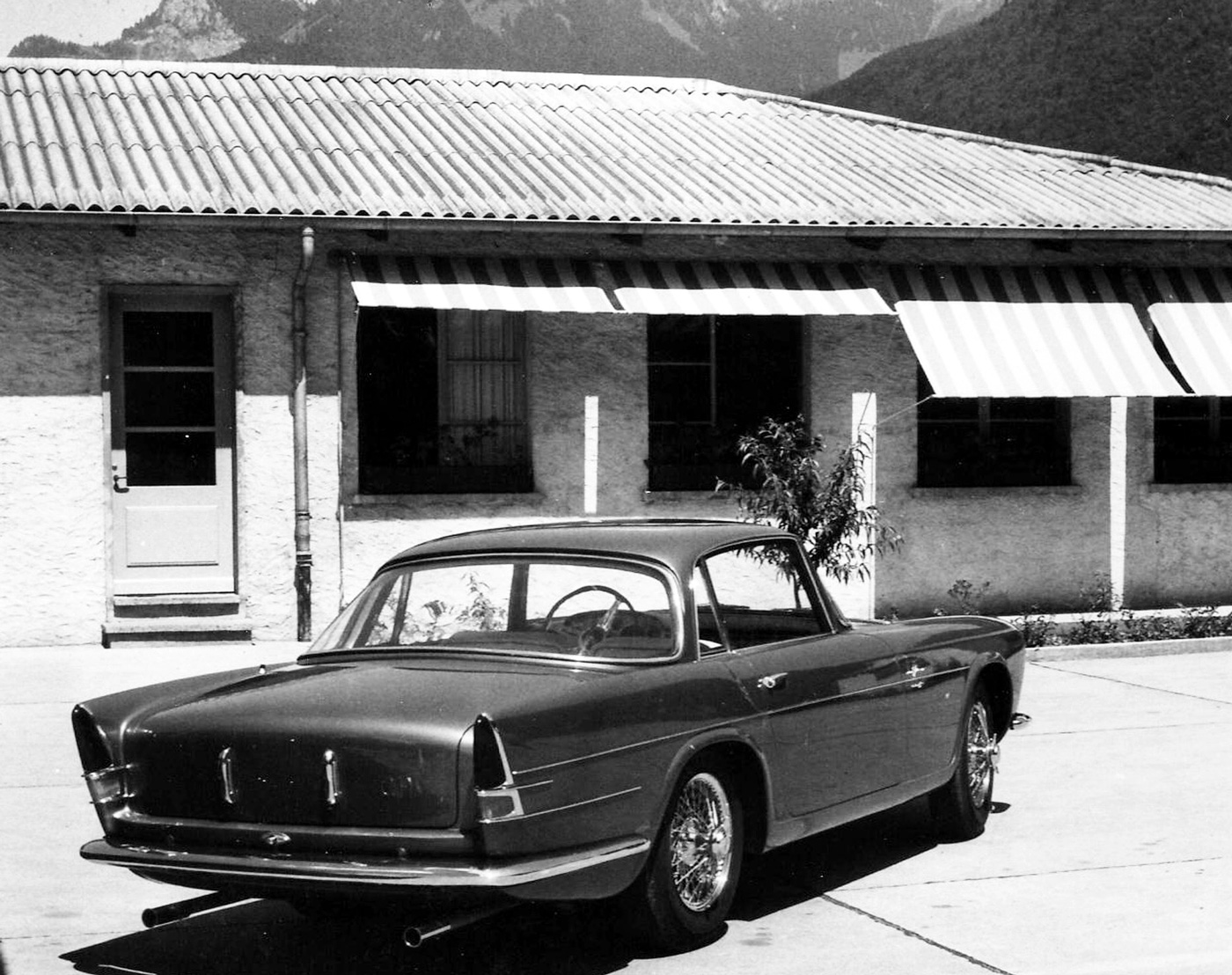
The last of the Jags to be bodied by Ghia-Aigle Suisse was an attractive coupe, seen here in the 1950s in Switzerland. Gauld photo.
As for Ghia-Suisse, they continued to favour Jaguar with at least two XK140’s and the XK 150 shown here, the last to be produced by the company. The company eventually closed, but the owner who took over the premises still holds the title “Ghia Suisse,” so one day we may see another Jaguar by Ghia-Suisse, but I doubt it.
Other Italian Jags
Ghia Aigle was not the only coachbuilder to try his hand at the Jag XK 120-150. Pinin Farina, Farina, Ghia, and Michelotti all had their way with the Jag. Jonathan Sharp photographed these Italian bodied Jaguars at the Cartier Style et Luxe at Goodwood Festival of Speed in 2018.
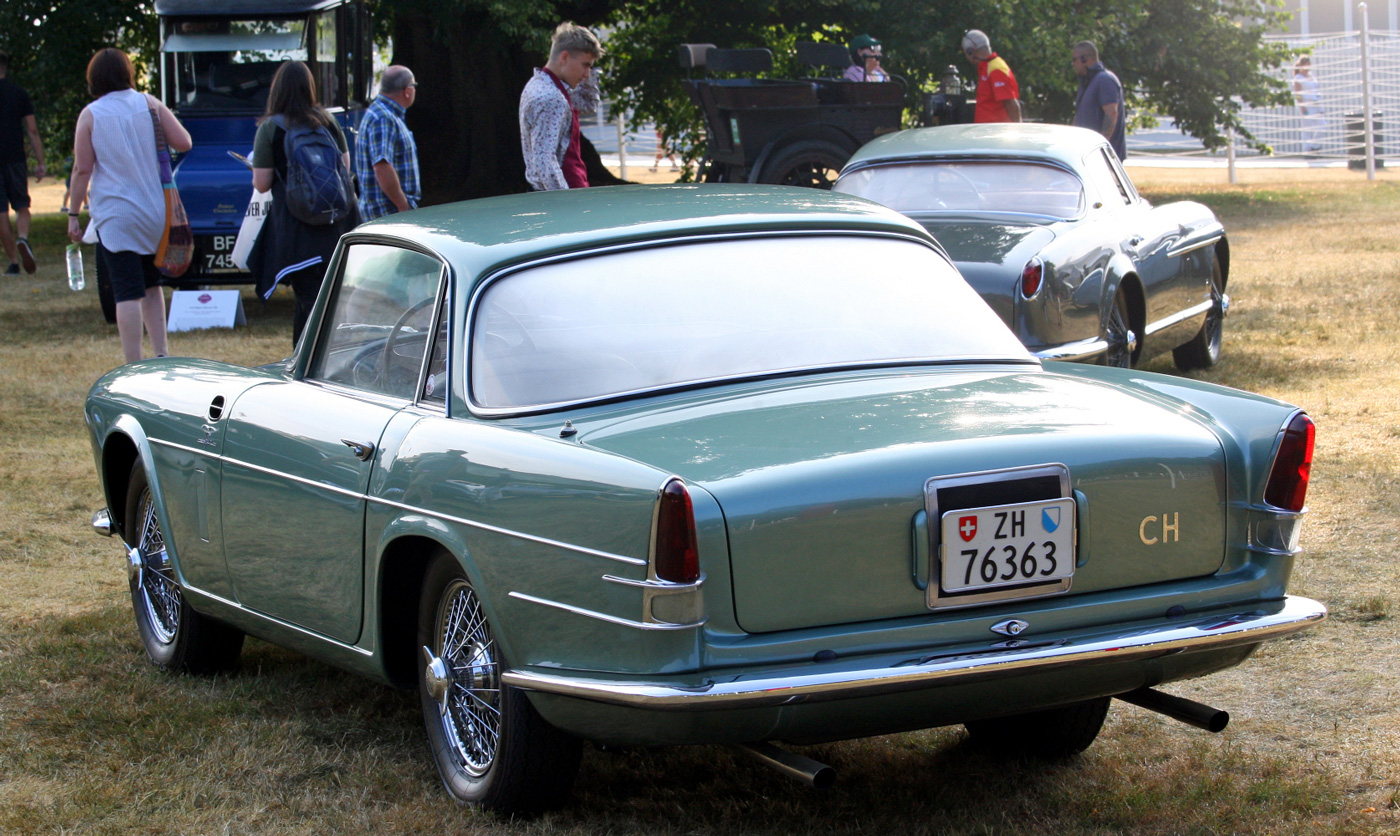
A Ghia Aigle Jag coupe, but probably not the same one as seen by Graham Gauld, above. Jonathan Sharp photo
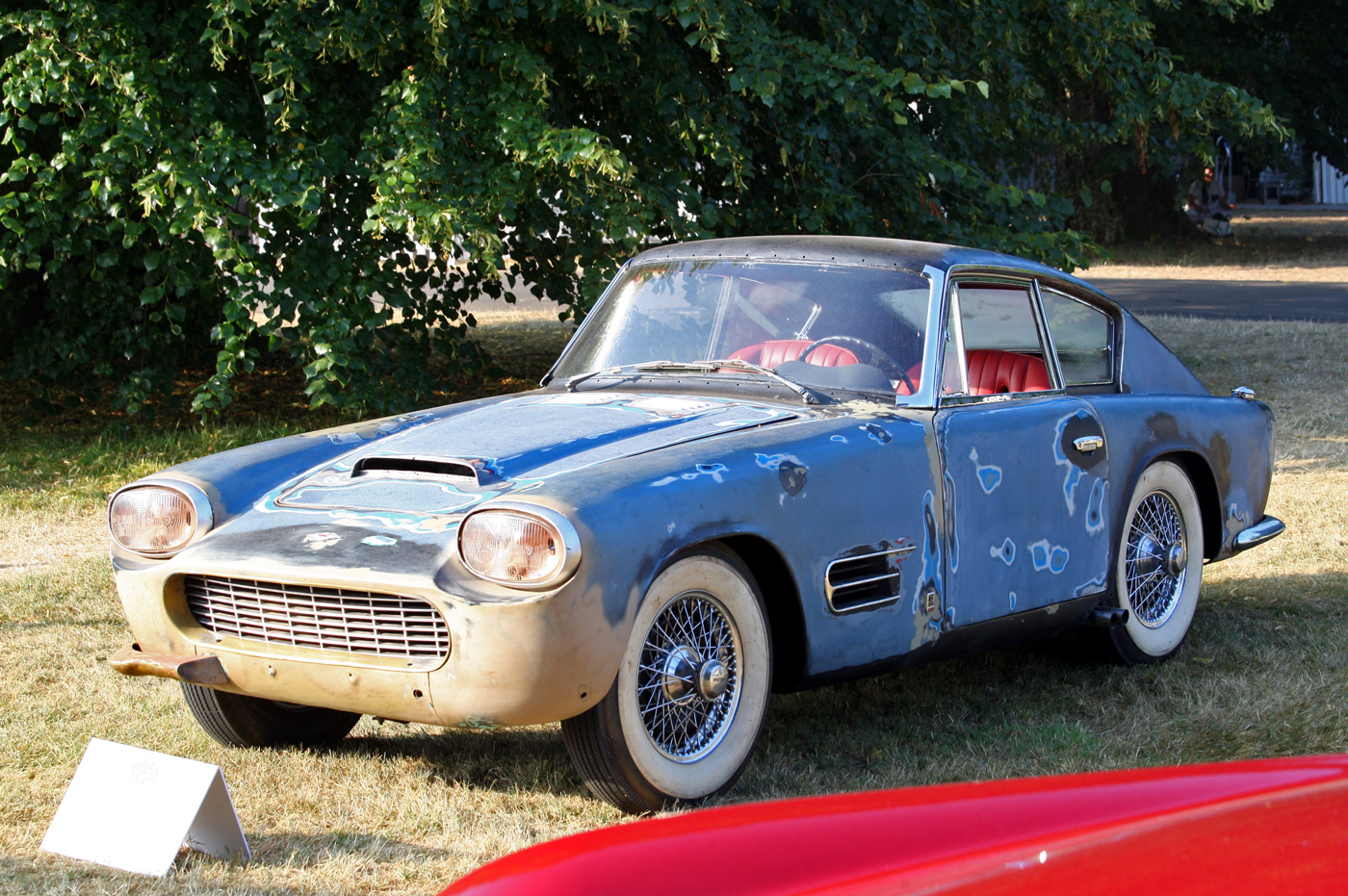
Another Michelotti Jag, with C-type engine. Often reported to be owned by Brigitte Bardot. Found years later by Roland Urban, then president of the French Jaguar Drivers Club. Note similarity to the Michelotti designs in the below links. Jonathan Sharp photo
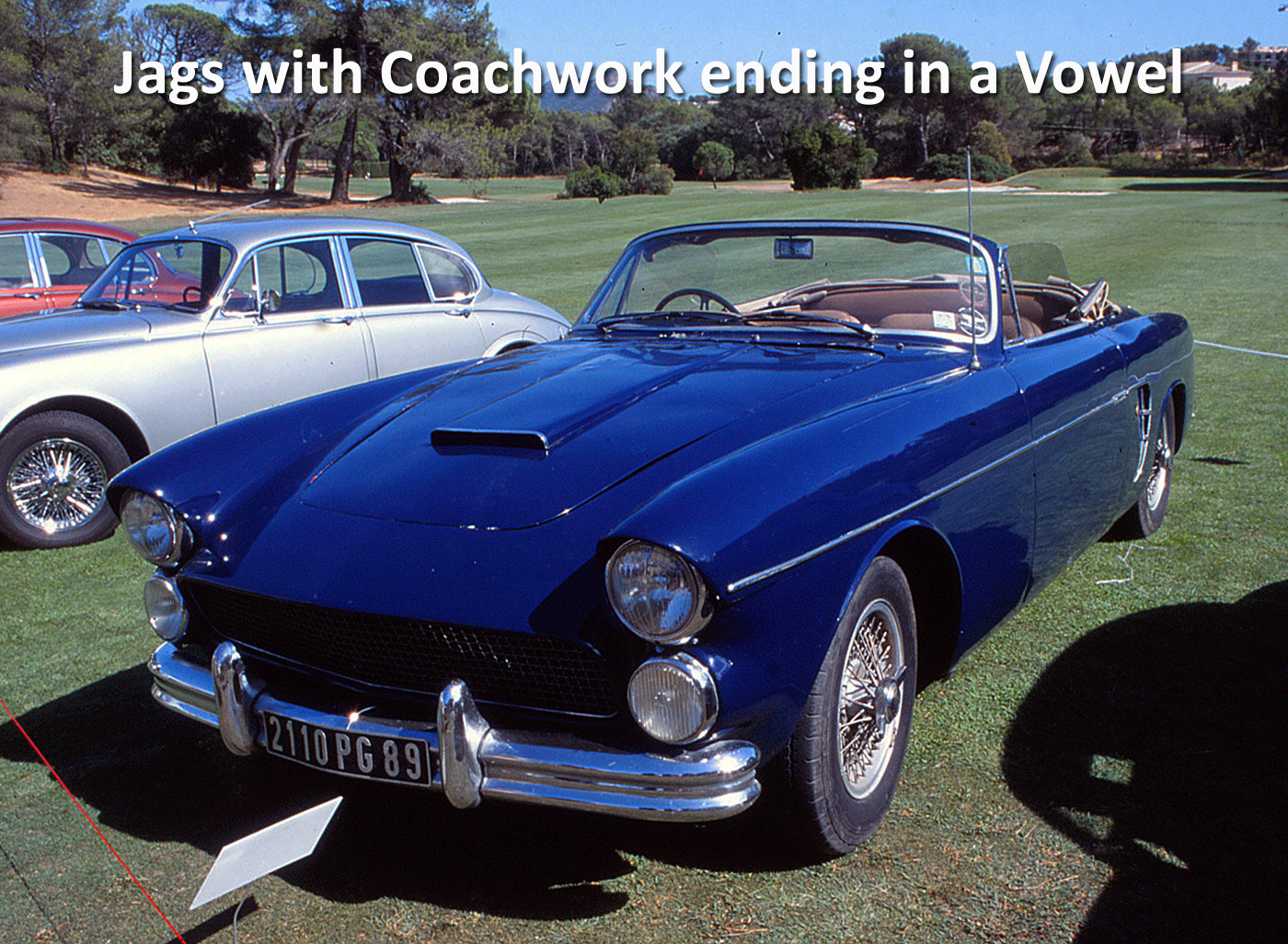
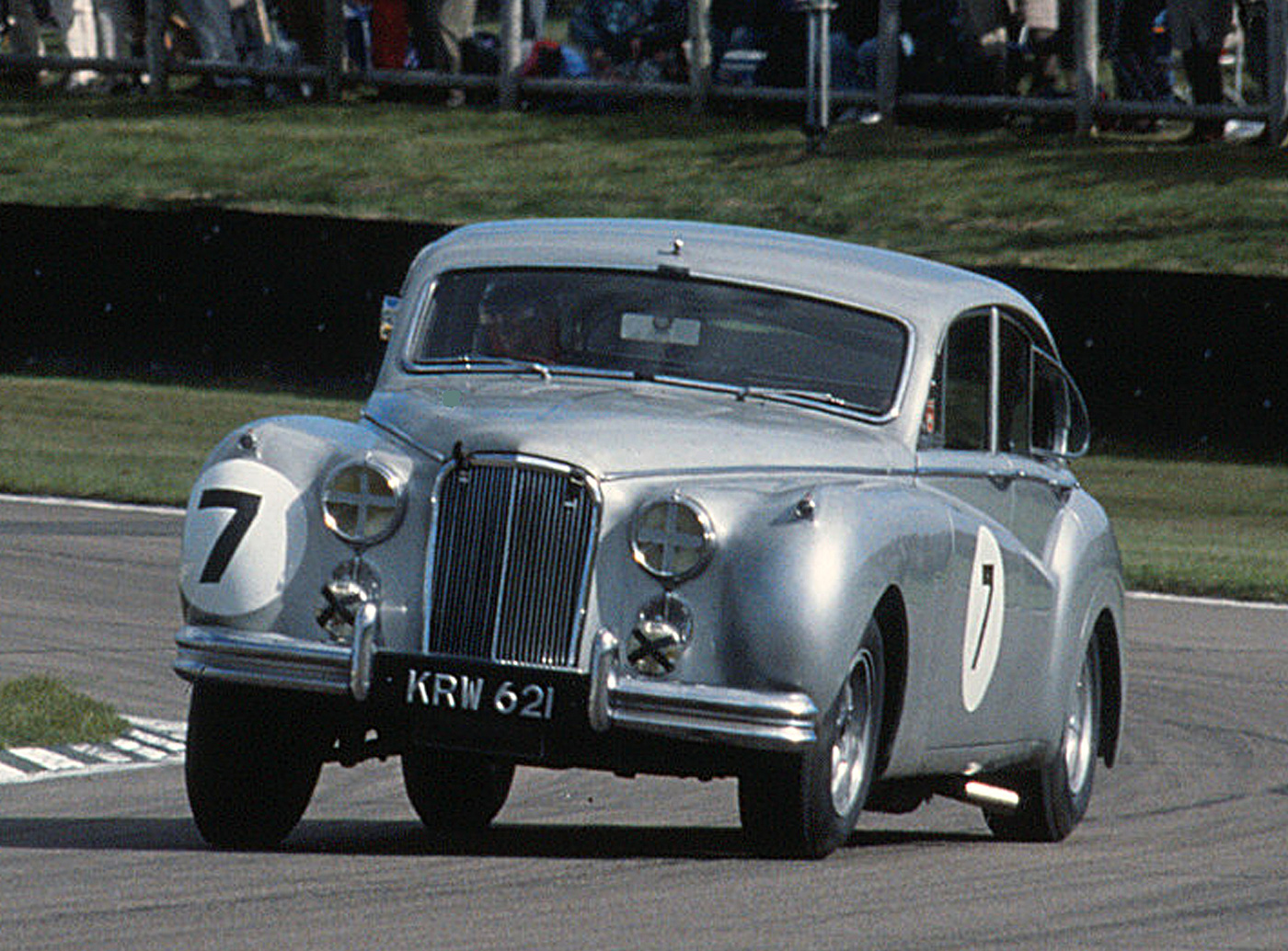


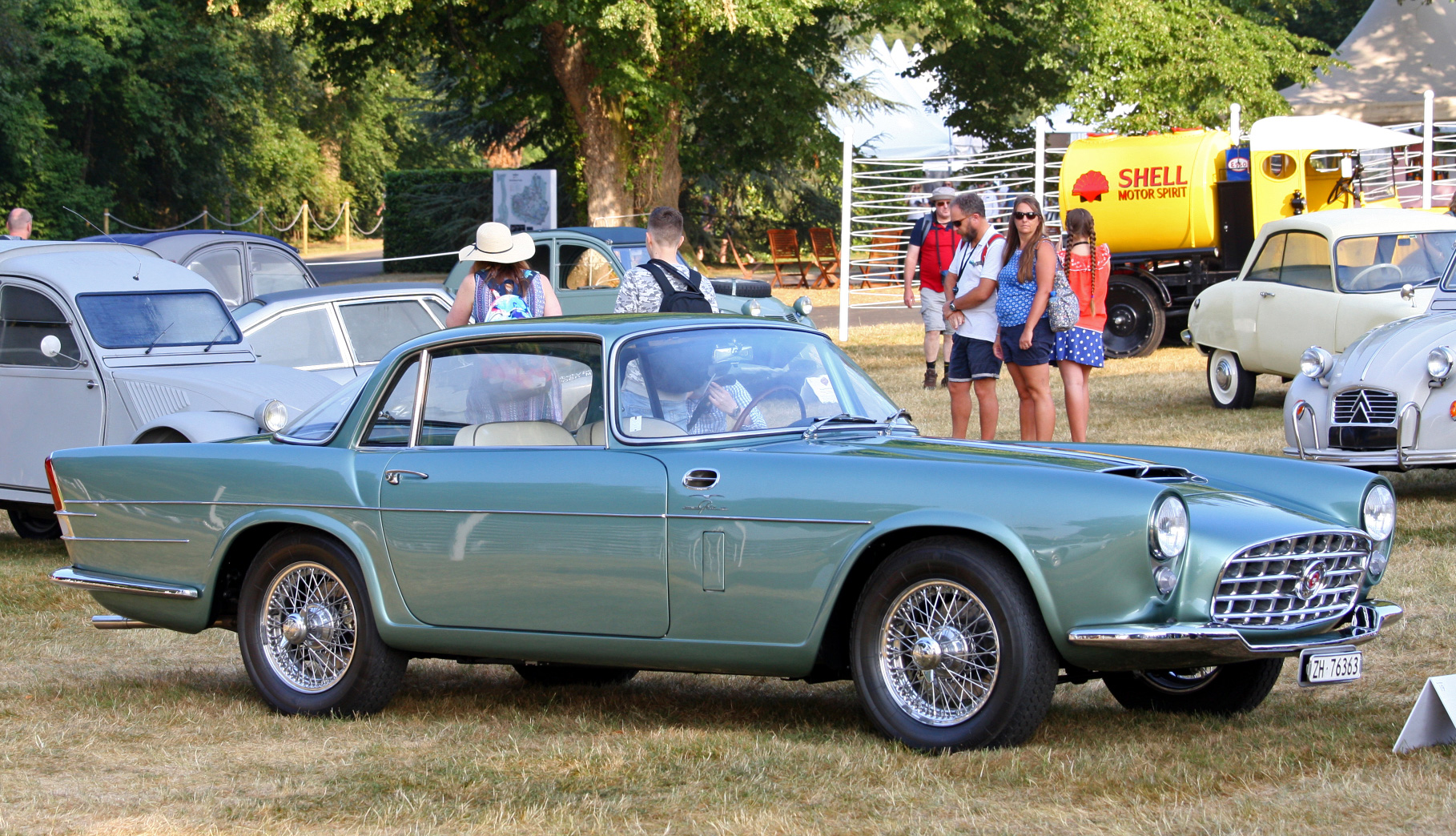

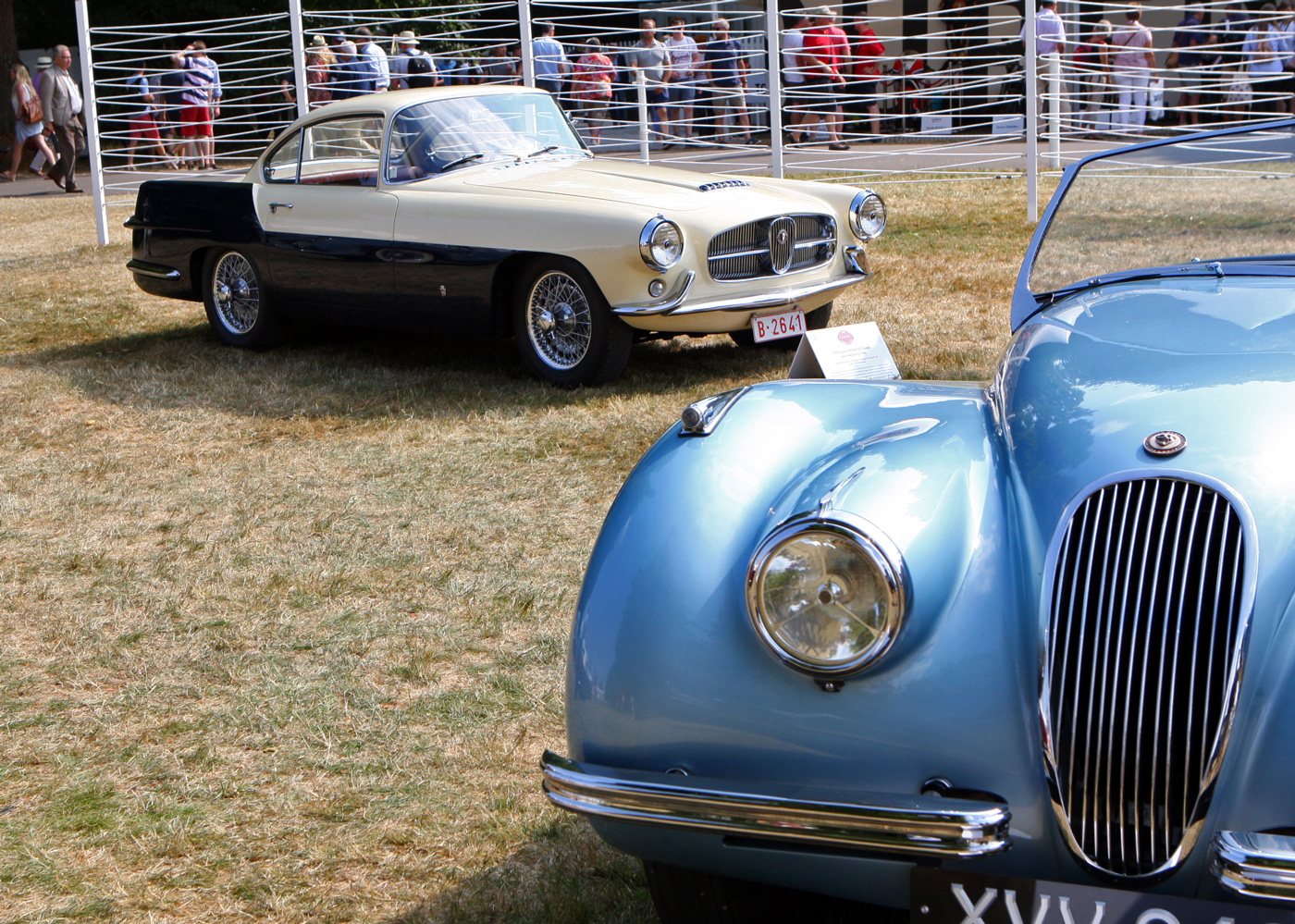

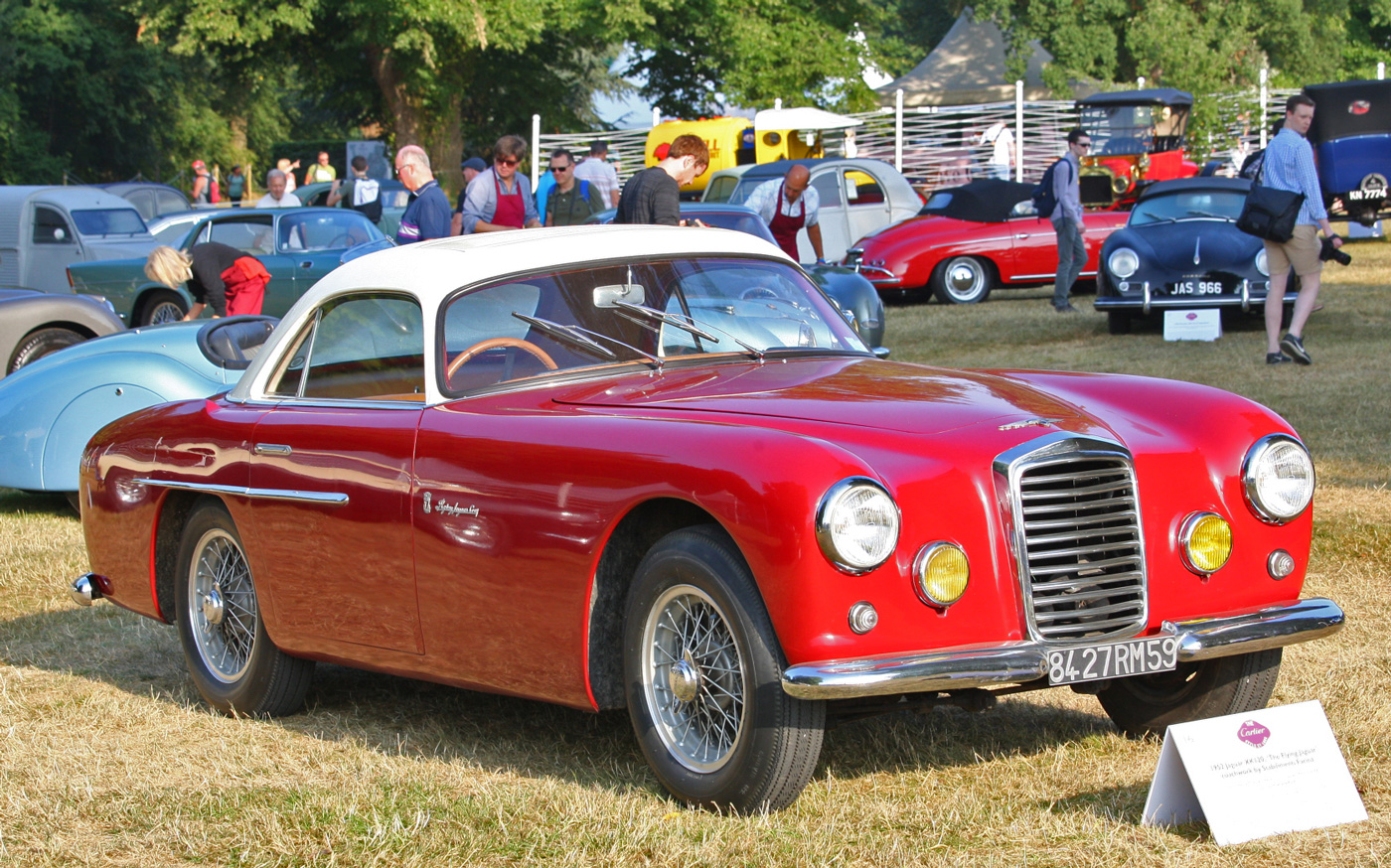
The name of the company was Ghia Aigle, not Ghia Suisse. I was lucky enough to own a Lotus XI designed by Ghia-Aigle and exhibited at he 1959 Geneva show. That the only Lotus XI bu8lt with a street body.
Michael
Thank you for that. I saw the Lotus Eleven in one of its early events at the 1958 Olson Villars hill climb.
Graham Gauld
you forgot at least 2 jags by zagato!